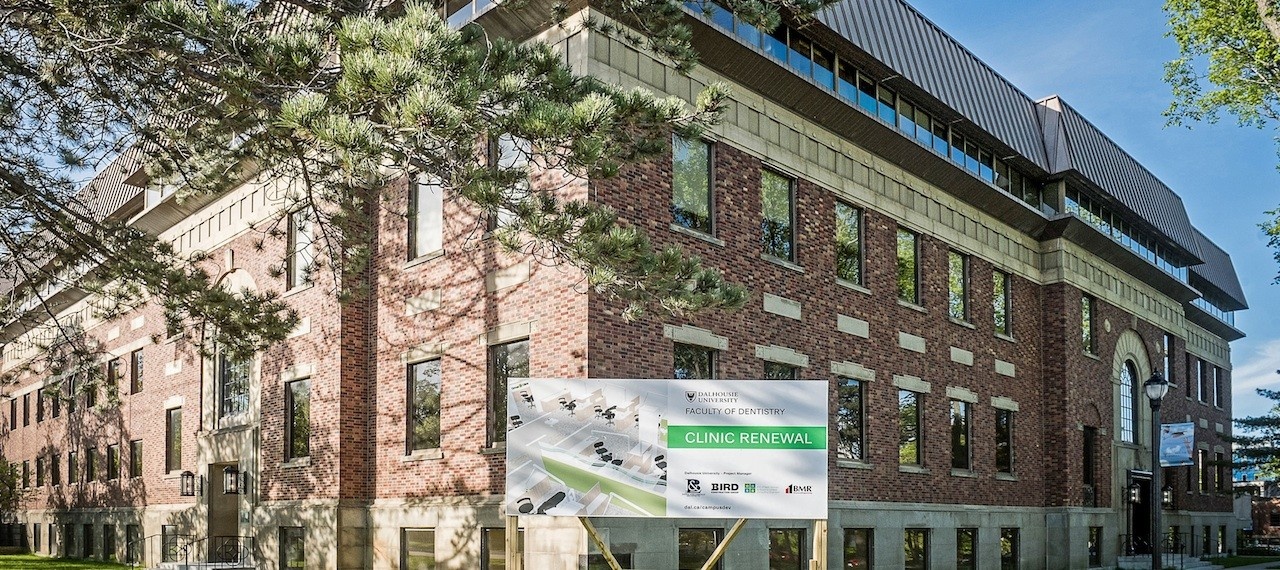News
» Go to news mainDr. Mike Lee ‑ Understanding Tissue Toughness

What makes some human tissues so tough? Dr. Mike Lee from the Department of Applied Oral Sciences and School of Biomedical Engineering is trying to find out.
Picture this. You’re walking down the street, your foot slips off the curb and your ankle is twisted badly. Yes, you’ve sprained your ankle. In the hours and days that follow, your ankle will swell and discolour and it may be difficult to walk on it. Deep inside your foot, though, the real cause of the sprain was hyperextension of the ligaments that hold your ankle bones together. In most hyperextension injuries, soft tissues like ligaments may be damaged but they rarely tear apart. Why that is the case fascinates Dr. Lee. Like an engineer who studies crash scenes, he believes that one of the best ways to understand how a material works is to learn what happens when it fails. He’s studying the failure of soft tissues—right down to the molecular level—to sort out how evolution has produced a tough, rupture-resistant structure.
Recently, Dr. Lee and Killam post-doctoral fellow Dr. Sam Veres, have been the first to demonstrate that when soft tissues are damaged in hyperextension, that damage goes right down to the molecular level where the remarkable protein collagen is assembled into load-bearing fibrils. Using ultra-high magnification electron microscopy, they showed a distinctive nanometer-scaled kinking pattern in overloaded fibrils, a feature they believe is the “fingerprint” for mechanical damage in soft tissues. The kink formation is part of a mechanism that absorbs energy when tissue is hyperextended, toughening it and making it less likely to rupture catastrophically.
In an exciting advance, the team has recently gathered the first evidence that inflammatory cells can recognize this characteristic damage in collagen and respond to it. This may be the first evidence of how our cells can tell what tissue is damaged and be triggered to go about its repair.
CIHR recently awarded Dr. Lee and his colleagues a four-year $384,000 operating grant to investigate this further, especially to extend their work into human tissues and to look at whether the kink failure mechanism changes with development and maturation, from newborns to geriatrics. Dr. Lee hopes that understanding the fundamental design of connective tissues will ultimately lead to strategies that improve healing of soft tissue injuries and guide rational design of artificial tissue replacements.
Recent News
- Strategic Plan: 2021‑2026: Progress so far
- The 2025 Faculty of Dentistry Impact Award goes to Tarik Abdulkarim
- Dr. Leigha Rock takes on the presidency of the CADR
- Malek Mahmoud ‑ A vision and a plan
- The 2024 QEII Foundation Diversity in Health Care Bursaries: Feeling seen and included
- Celebrating African Heritage Month with an award
- New Bachelor of Dental Hygiene degree programs to start in 2025‑26
- Announcing a new path for licensure in Canada for internationally‑trained dentists
